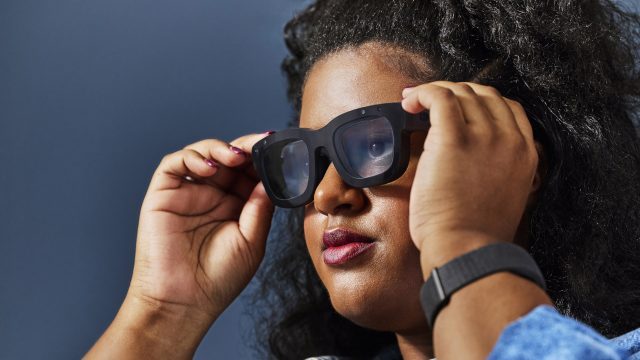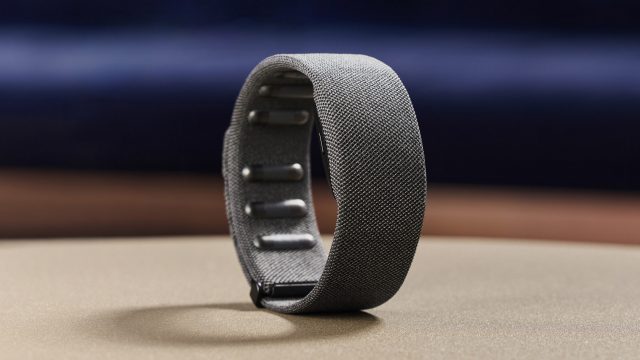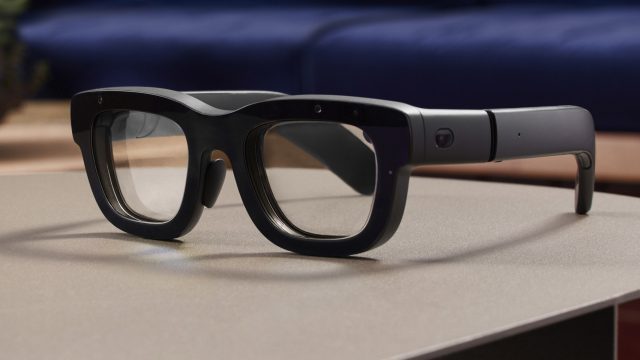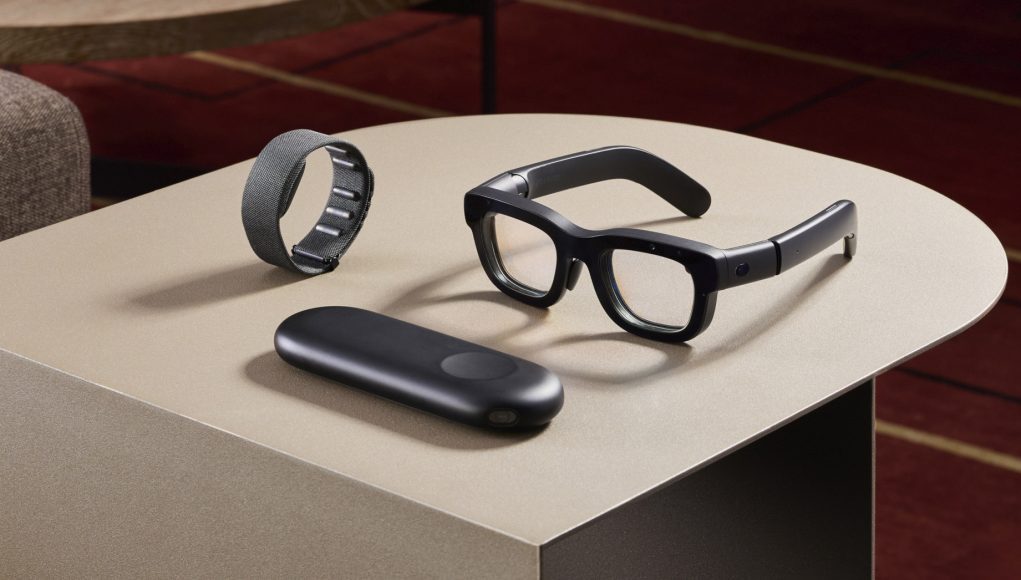Meta today revealed a prototype of its first pair of AR glasses, codenamed Orion. The glasses are impressively compact, have a class-leading field-of-view, but also relies on a wireless compute unit that goes in your pocket.
Although Meta has been selling its Ray-Ban smartglasses for several years now, the company hasn’t actually shown any glasses-sized device with a display—until now.
Meta says it has been working on Orion for years to make something that’s truly glasses-sized, while still retaining a wide field-of-view, and the performance necessary to drive the display and processing.
The purported 70 degree field-of-view is class-leading for something in this form-factor, but still small compared to typical VR headsets. In order to achieve this wide field-of-view, the company says it had to use silicon carbide for its lenses instead of glass or polymer. From the description, it sounds like the Orion AR glasses are using a diffractive waveguide, with silicon carbide as the underlying medium. While other glasses have used diffractive waveguides, using silicon carbide as the underlying medium allows for a higher refractive index, allowing light to be directed into a wider field-of-view.

Achieving this properly glasses-sized device does require a bit of a ‘cheat’—much of the headset’s computing power is off-loaded into a compute unit designed to slip into your pocket. However, the company has made the compute puck wireless which eliminates a core complaint: the bothersome cable that would have to run from the glasses to the puck.

While the glasses are said to handle core capabilities like head-tracking, the compute puck takes on the work of rendering the content. Off-loading that rendering power to the puck means the headset can not only be smaller, but cooler too, relieving the key issue of heat dissipation on such a compact device.
And Orion leans on yet another device to complete its experience: a wristband loaded with sensors. The EMG wristband can detect subtle movements of the user’s hand and fingers, allowing for precise input without the users needing to hold their hands up in front of them.

Meta is also making sure that AI is built-in from the start, allowing functionality similar to Meta Ray-Ban, but with the benefit of a display.
With a 70 degree field-of-view, immersive content isn’t the focus. Instead, the underlying OS and capabilities are leaning mostly into flat panels and spatial computing.
Meta is clear that the Orion glasses are still just a prototype, but “not a research prototype”. That means the company actually thinks it can bring a comparable device to market—using these very technologies. The company says it will be mostly using the device internally to continue to hone its size, performance, and cost.

“While Orion won’t make its way into the hands of consumers, make no mistake: This is not a research prototype. It’s the most polished product prototype we’ve ever developed—and it’s truly representative of something that could ship to consumers. Rather than rushing to put it on shelves, we decided to focus on internal development first, which means we can keep building quickly and continue to push the boundaries of the technology and experiences,” the company wrote in its Orion announcement.







